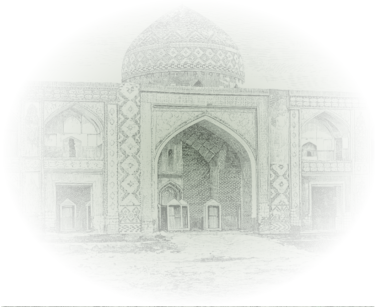Mahmudlu is a village in the Zangezur uezd of the former Yelizavetpol (Ganja) governorate, later in the former Gafan district, and currently in the Syunik province. It lies 2 km to the southeast of the Payhan village, on the left bank of the Gighi River, at a height of 1,625 m above sea level. Following the establishment of the Zangezur uezd in Soviet Armenia on 31 August 1921, the settlement was integrated into the administrative area of Armenia.
The village was inhabited by 42 Azerbaijanis in 1831, 301 in 1873, 416 in 1886, 134 in 1897, 596 in 1904 and 263 Azerbaijanis in 1914. In 1918 the Azerbaijanis were deported having been exposed to aggression by Armenian armed forces. Some Azerbaijanis who left the village managed to return following the establishment of Soviet power in present-day Armenia. The village was inhabited by 126 Azerbaijanis in 1922, 147 in 1926, and 170 Azerbaijanis in 1931. In November 1988 the Azerbaijanis were completely expelled from their native village by the Armenian government. At present, the village is inhabited by Armenians.
The toponym was formed on the basis of the name of the “Mahmudlu” tribe, which is a branch of the Gizilbash tribes.
By the decree of the Presidium of the Supreme Soviet of the Armenian SSR dated 1 June 1940, the name of the village was changed to “Chaykend”, and by decision of the Armenian parliament dated 4 July 2006, it was renamed “Geghishen”. According to the law “On the administrative-territorial division of the Republic of Armenia” dated 7 November 1995, it was integrated into the administrative area of the Syunik province.
Geographical coordinates: latitude: 39°13’ N., longitude: 46°07’ E.
